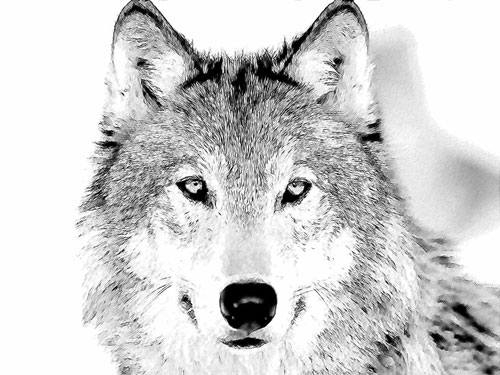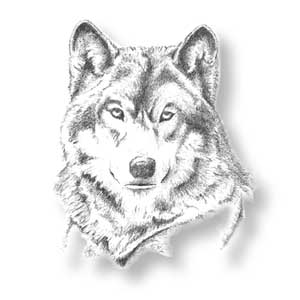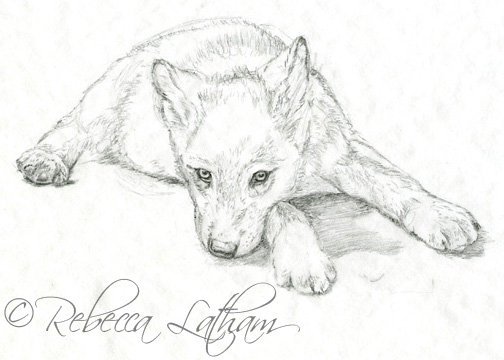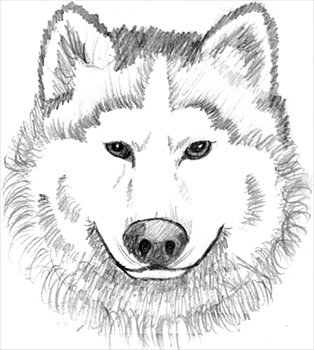• Reference image: The first step is to arrange for a picture of your choice that can be used as a model. There is a significant difference between the appearance of the northern and southern varieties, with southern species appearing more like wild dogs. You may look for internet, books, magazines, newspapers, etc.
• Fundamental sketch: You will not need precision drawing tools for this exercise. Freehand sketching will do the trick. Use a coherent structure composed of some ovals, circles, and lines. First, make a circle in the place of the head. Append a cup-like structure to represent the muzzle. Extend a connecting line to indicate the neck area. The other end of this line connects to another circle that marks the upper torso. A similar circle depicts the abdominal area. Alternatively, a large oval can be drawn for the composite body structure. Depending upon the reference image, the position of the limbs is depicted through curvilinear lines with small circles (for claws) in the end. The tail is two-third of the body length. Place it with the help of a curve, keeping this proportion in mind.
• Details: Due to the thick fur of the northern species, sketching its distinct contours may not be very simple. Therefore, the outlines are kept a bit loose to accommodate for the fur in later stages. Begin with the head portion, including the muzzle and ears. Add thickness to the limbs. Next, define the body shape. The tail is also sketched with irregular contours. Its outlines on both the sides extend and connect seamlessly to the central body.
• Final changes: The extent of work needed for highlighting the fur strands and appropriate shading will depend upon the species chosen. Working on a northern wolf can be a much tedious task, especially for color drawings.












